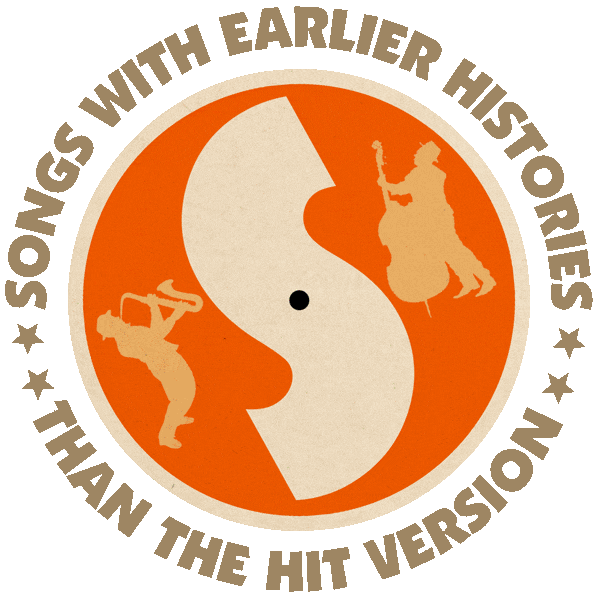First recorded by Goldie (1966).
Hit versions by Dusty Springfield (UK #10/AUS #9/SNG #6 1966), The Byrds (US #89 1967).
Also recorded by Carole King (1970 |1980), Larry Lurex aka Freddie Mercury (1973).
From the wiki: “Billed as ‘Goldie’ (of Goldie & the Gingerbreads), Genya Raven released the original version of the classic Carole King-Gerry Goffin composition “Goin’ Back” in the spring of 1966. However, this single was withdrawn within a week by producer Andrew Loog Oldham, due to disagreements with Goffin and King over altered lyrics. King then decided to record “Goin’ Back” herself, but ultimately she offered it to Dusty Springfield instead who would record it three months later, making the UK Top-10 singles chart immediately in the wake of her UK #1 hit ‘You Don’t Have to Say You Love Me‘.

